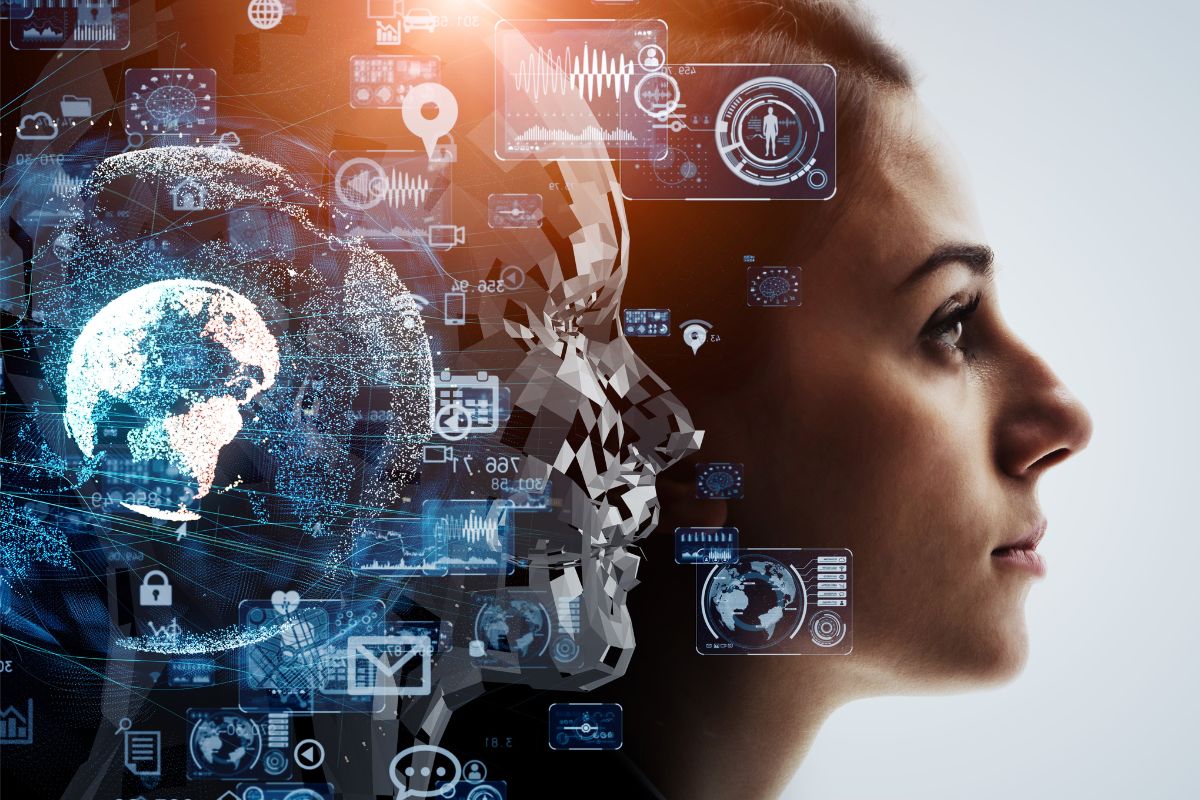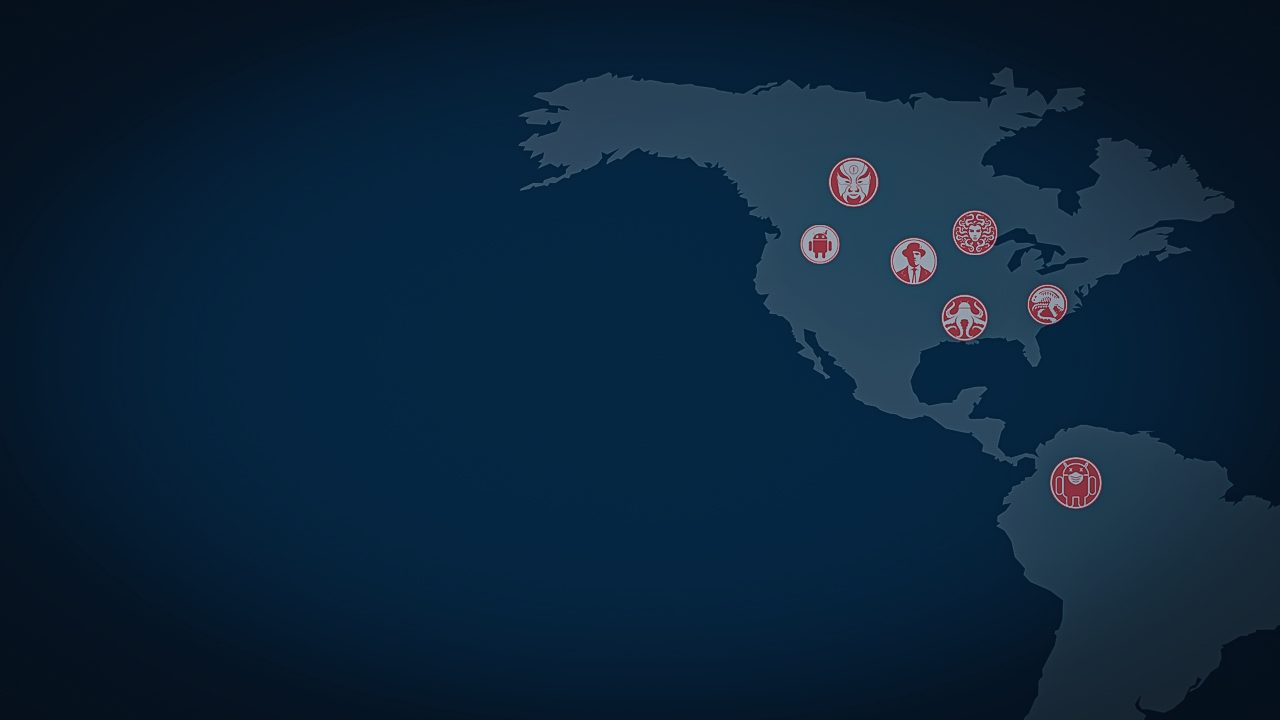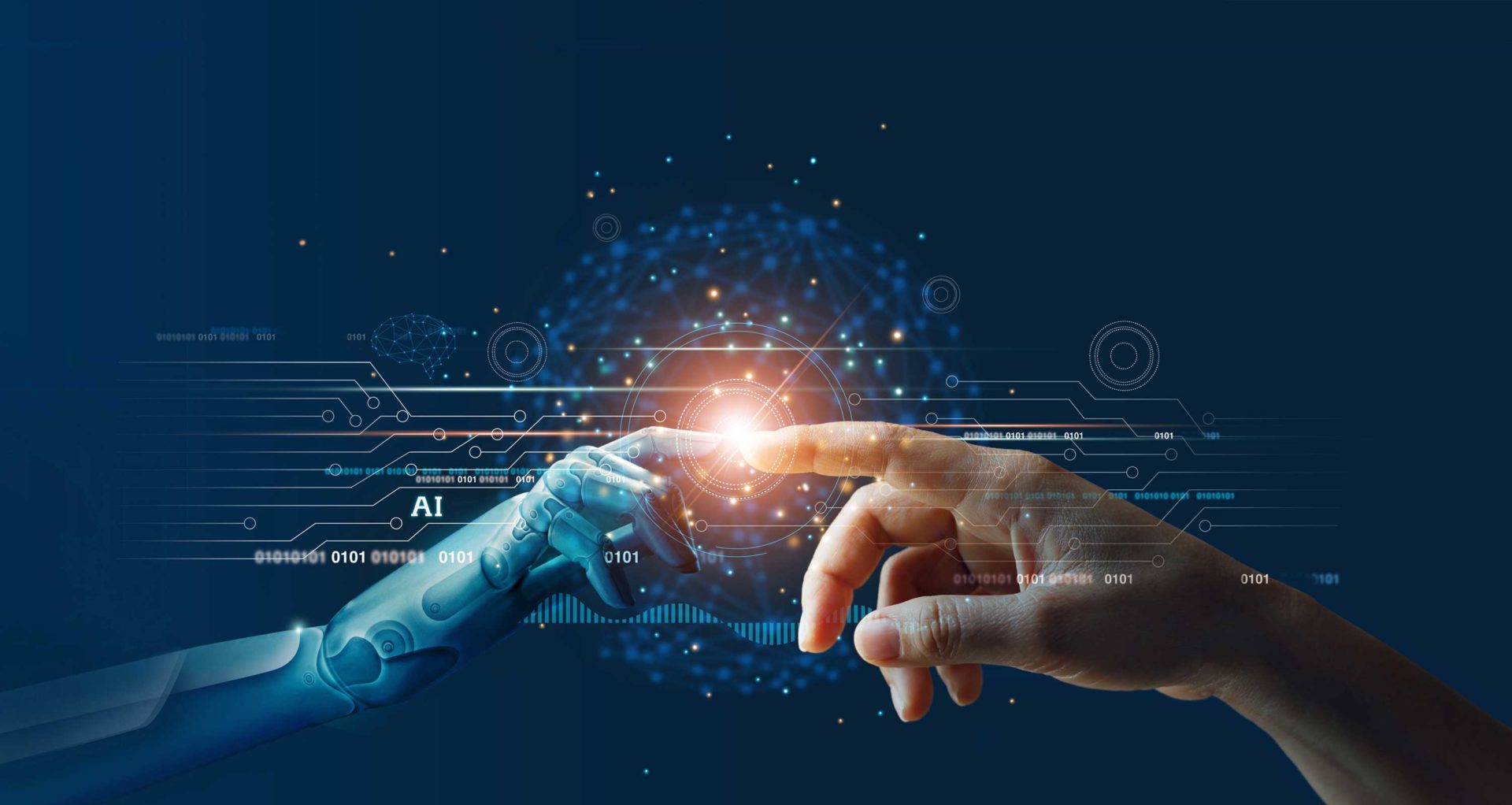
The AI Illusion: Unpacking the Hype
As I sat down to write this article, I couldn’t help but think of Ted Chiang, the renowned science fiction writer who has been making waves with his thought-provoking essays on artificial intelligence. His recent piece in the New Yorker, “ChatGPT Is a Blurry JPEG of the Web,” was a breath of fresh air in the AI debate, offering a much-needed dose of skepticism amidst the hype.
Chiang’s work is a testament to the power of science fiction in shaping our understanding of emerging technologies. As we hurtle towards an AI-driven future, it’s essential to separate fact from fiction, and Chiang’s writing is a timely reminder of the importance of critical thinking in the face of rapid technological progress.
The Limits of AI
In a recent interview, Chiang emphasized the need to understand how the universe works, citing the importance of studying sciences. This sentiment resonates deeply, as we often find ourselves caught up in the excitement of AI’s potential without fully grasping its limitations.
Chiang’s words serve as a reality check, urging us to acknowledge the boundaries of AI’s capabilities. It’s a crucial distinction to make, especially when we’re tempted to attribute human-like intelligence to machines that are, in reality, far from intelligent.
 The boundaries of AI capabilities
The boundaries of AI capabilities
The Human Touch
As we navigate the complexities of AI, it’s essential to recognize the value of human judgment and empathy. Chiang’s work serves as a powerful reminder of the importance of storytelling in conveying the nuances of human experience.
In an era where AI-generated content is becoming increasingly prevalent, we must not forget the role of human creativity in shaping our understanding of the world. As Chiang so eloquently puts it, “The universe often doesn’t work the way we want it to; it doesn’t accommodate our preferences.”
 The importance of human judgment and empathy
The importance of human judgment and empathy
Beyond the Hype
As we move forward in the AI era, it’s crucial to separate the hype from the reality. Ted Chiang’s work serves as a beacon of critical thinking, urging us to approach AI with a healthy dose of skepticism.
By acknowledging the limitations of AI and recognizing the importance of human judgment, we can work towards a future where technology complements our humanity, rather than replacing it.
 A future where technology complements humanity
A future where technology complements humanity













